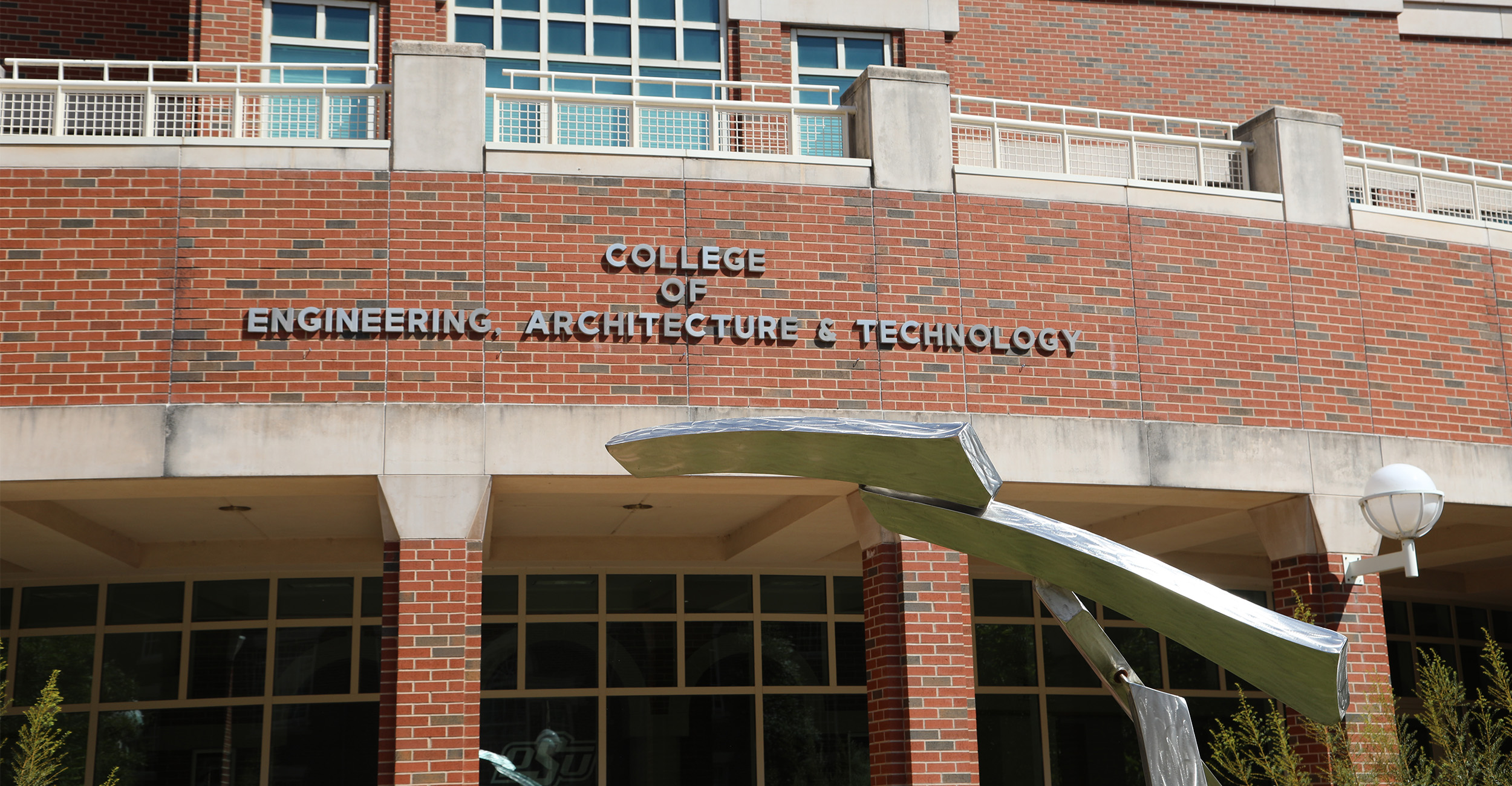
NPDC assisting with engineering, market research through Inventor's Assistance Program
Monday, October 21, 2024
Media Contact: Tanner Holubar | Communications Specialist | 405-744-2065 | tanner.holubar@okstate.edu
Since 2002, the New Product Development Center at Oklahoma State University has provided businesses and inventors in Oklahoma with additional resources to take their products to the next level.
Through market research, product development and engineering services, the NPDC helps around 60 inventors annually through its Inventor’s Assistance Service. The NPDC is overseen by Dr. Robert Taylor, director; Jodi Prouty, assistant director; Jennifer Vinyard, senior design engineer; and Derby Whitefield, design engineer. The unit generally employs 12 undergraduate interns as part of the support team.
A recent grant of $725,000 for the upcoming fiscal year, funded by the Oklahoma Center for the Advancement of Science and Technology, will help extend the reach of the IAS.
The funding from OCAST increased last year and allowed for the opening of a satellite office for the program in Tulsa. Another satellite office will be opened in Oklahoma City through the next round of funding.
“It expands our reach and allows us to do more in Tulsa and Oklahoma City,” Taylor said. "The two satellite offices offer significantly more readily available support for the areas in Oklahoma with the greatest business presence."
The IAS is designed to help inventors in the initial stages of their product development. First, market and patent searches will be conducted to produce a report detailing any potential competitors already on the market.
The market search will determine if a product has a competitor, which could mean a similar product or design, or a product that meets a similar need, as well as the existing market for those items. The patent search will determine if an existing product has similar aspects to another product under patent.

The NPDC uses the market and patent searches to determine if there may be issues in furthering the product’s development. Ideas that offer a clear patent space and favorable market space then move on to the engineering and prototyping phase of the program.
The research provided in the product report is meant to help determine if the inventor would like to continue developing their product. If there are no issues, the product can then move to the engineering phase. The NPDC will also help inventors develop the proposal for funding to advance product development and market launch.
“We typically show them all the options for a way to do something, and then they will go figure out which way they want to take it,” Prouty said.
There is not a defined timeline for how long a person takes part in the program as every project is different. Some require complex problem solving, while others may be further along with their business and are looking to improve their product.
There are also some inventors who go into the program multiple times, as some may have multiple ideas that they want to get off the ground, and they will apply for the program a second time with a new product. Others will work through the program at their own pace, with some going back and working on their product in between stages before bringing it back to NPDC.
When a project is selected to continue with the program, it is then assigned to an engineering intern. Inventors can receive up to 25 hours of state-funded engineering on their product, with the potential needs ranging widely.
The NPDC then supports the inventors through engineering prototypes. Some may need a lot of help, such as the development of a prototype. Others may need a minimal amount of help, such as drawings of their manufacturing processes. No matter the need, NPDC can help inventors at any stage of their product development.
“Some people come in with a patent and a business plan looking for engineering or prototyping support while other clients will have an idea sketched out on a napkin,” Taylor said. “We strive to assist them all.”
